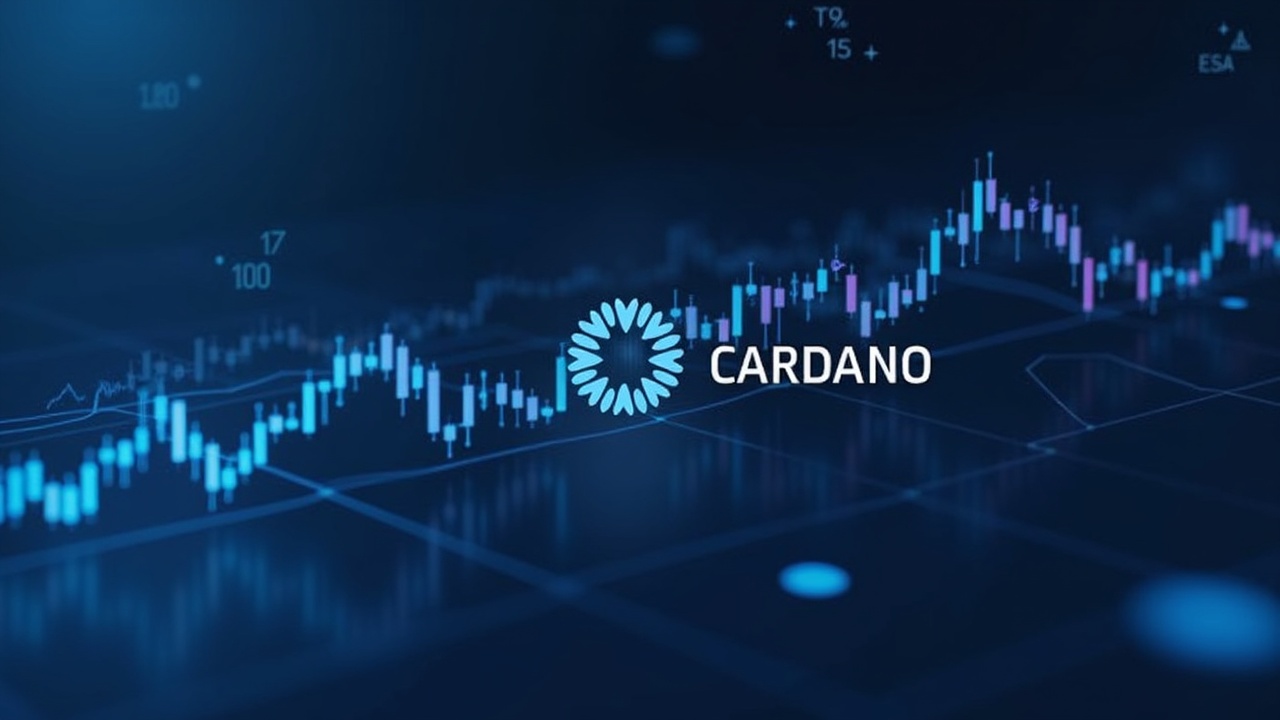The inclusion of Cardano (ADA) in regulated financial products, coupled with key technological upgrades, is shaping a new institutional narrative for the blockchain. However, this potential is being tested by a challenging market reality and stiff competition.
The Institutional Gateway and Market Reality
The launch of products like the 21Shares Cardano ETP (AADA) provides a crucial, regulated bridge for institutional capital. This offering is 100% physically backed by ADA and traded on traditional exchanges like Nasdaq Stockholm, simplifying access for asset managers and signaling growing legitimacy. Despite this structured entry point, recent market performance has been tough. The AADA ETP itself has seen significant declines, with its price down nearly 60% over the past year. This reflects a broader trend of institutional caution; data shows ADA experienced net outflows of $300,000 from investment products in late October 2025, a sharp reversal from the $3.7 million inflows seen the week prior. This suggests that while the regulatory channel exists, sustained and substantial capital has yet to flow through it in a major way.
A significant hurdle for broader adoption in the U.S. is the lack of a spot ADA ETF from a major player like BlackRock. While a multi-crypto ETF from Bitwise includes ADA, the overwhelming institutional demand seen with Bitcoin and Ethereum is still missing for Cardano, leaving a key catalyst on the horizon.
Network Evolution Amidst Adoption Hurdles
On the technological front, Cardano continues to build with purpose. The ecosystem is bolstered by several key developments:
-
Governance and Scalability: The Plomin hard fork, implemented in early 2025, marked a major step by fully enabling on-chain governance. This allows ADA holders to vote on protocol changes and treasury allocations, decentralizing the network’s future. For scalability, the Hydra layer-2 solution has demonstrated the capacity to handle over one million transactions per second in stress tests, addressing critical needs for future high-demand applications.
-
Privacy and Infrastructure: The launch of the Midnight privacy sidechain and the deployment of validators by large cloud companies add a new dimension of confidential transactions and robust infrastructure to the ecosystem .
Despite these solid technological fundamentals, Cardano faces a persistent challenge in converting them into widespread use. Critics often label it a “ghost chain” due to its relatively low on-chain activity compared to rivals. It ranks 24th in Total Value Locked (TVL), a key metric for DeFi activity, lagging behind not only Ethereum but also newer competitors like Aptos and Sui. With only around 30,000 daily active addresses, it struggles to match the vibrant user bases of Solana or Ethereum.

A Divisive Price Outlook
Given these mixed signals, price predictions for ADA are divided. Optimistic forecasts for the end of 2025 cluster around the $1.10 to $1.65 range, contingent on factors like Bitcoin maintaining a bull cycle and ADA successfully breaking key resistance levels. Some analyses even project a rise toward $2.10 if institutional demand materializes strongly.
However, these bullish scenarios are tempered by the network’s current challenges. If Cardano cannot overcome its adoption hurdles, it risks a bearish retracement toward the $0.60 support level. The token’s price is highly sensitive to broader market sentiment and Bitcoin’s price action, and it must also contend with investor excitement being captured by competitors with more imminent ETF prospects, such as Solana and XRP.
Cardano finds itself at a crossroads, equipped with a clear institutional pathway and a robustly engineered network. The potential for growth is undeniable if it can leverage its technological upgrades to spur real-world adoption and attract consistent institutional flows. For now, the market is watching and waiting for the network activity to catch up with its ambitious vision.


